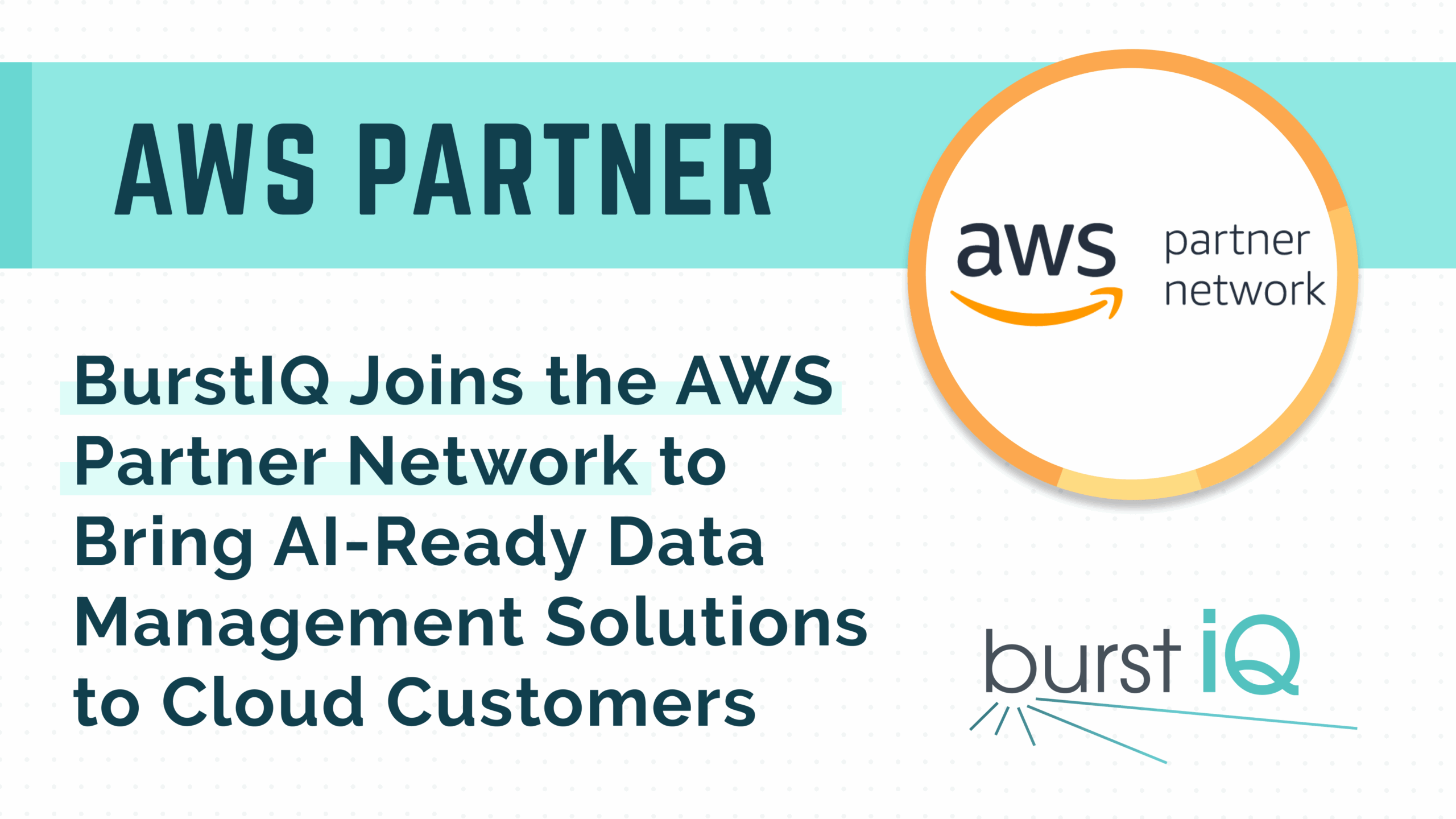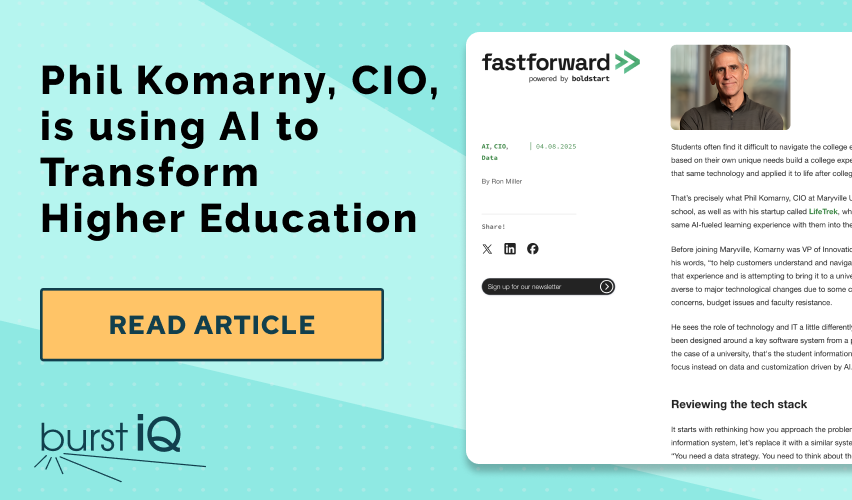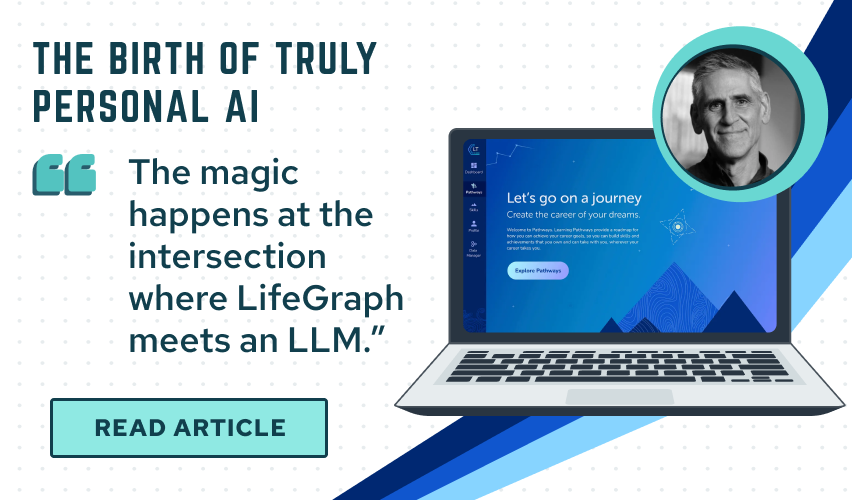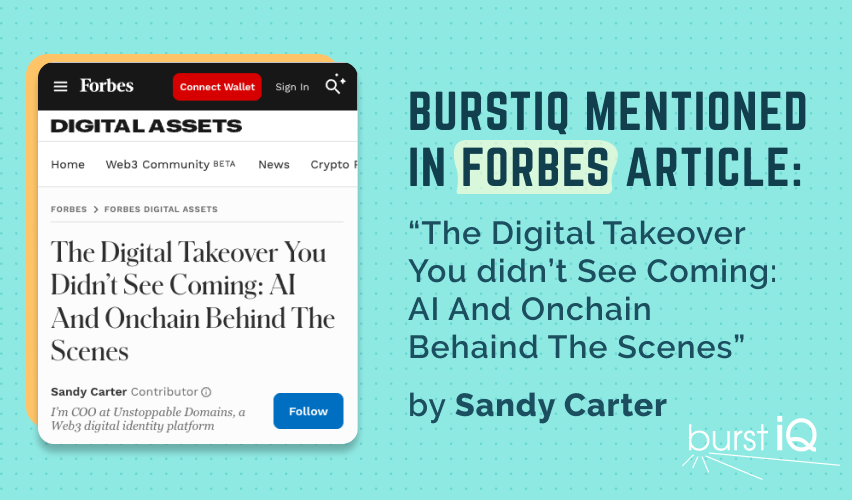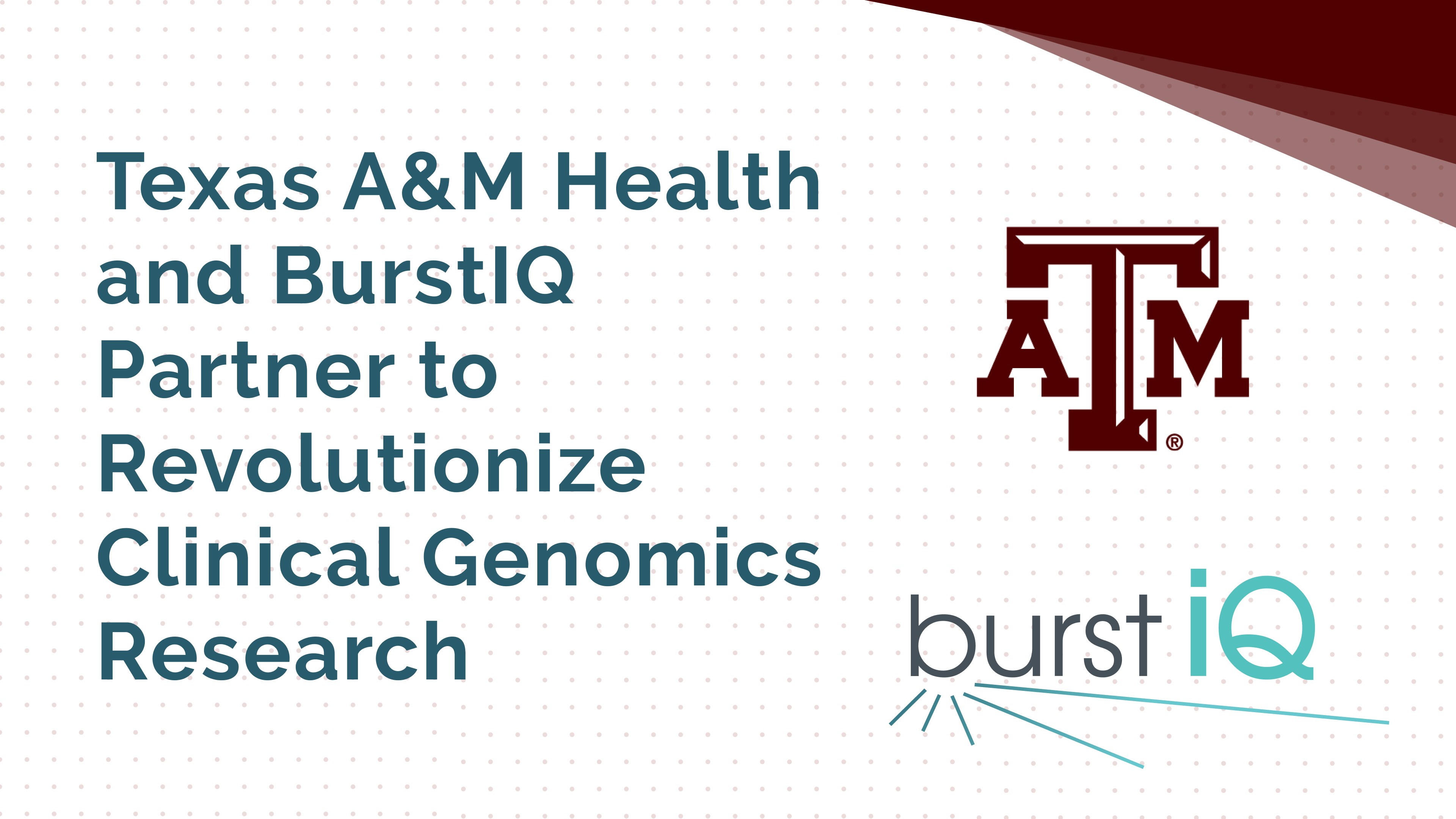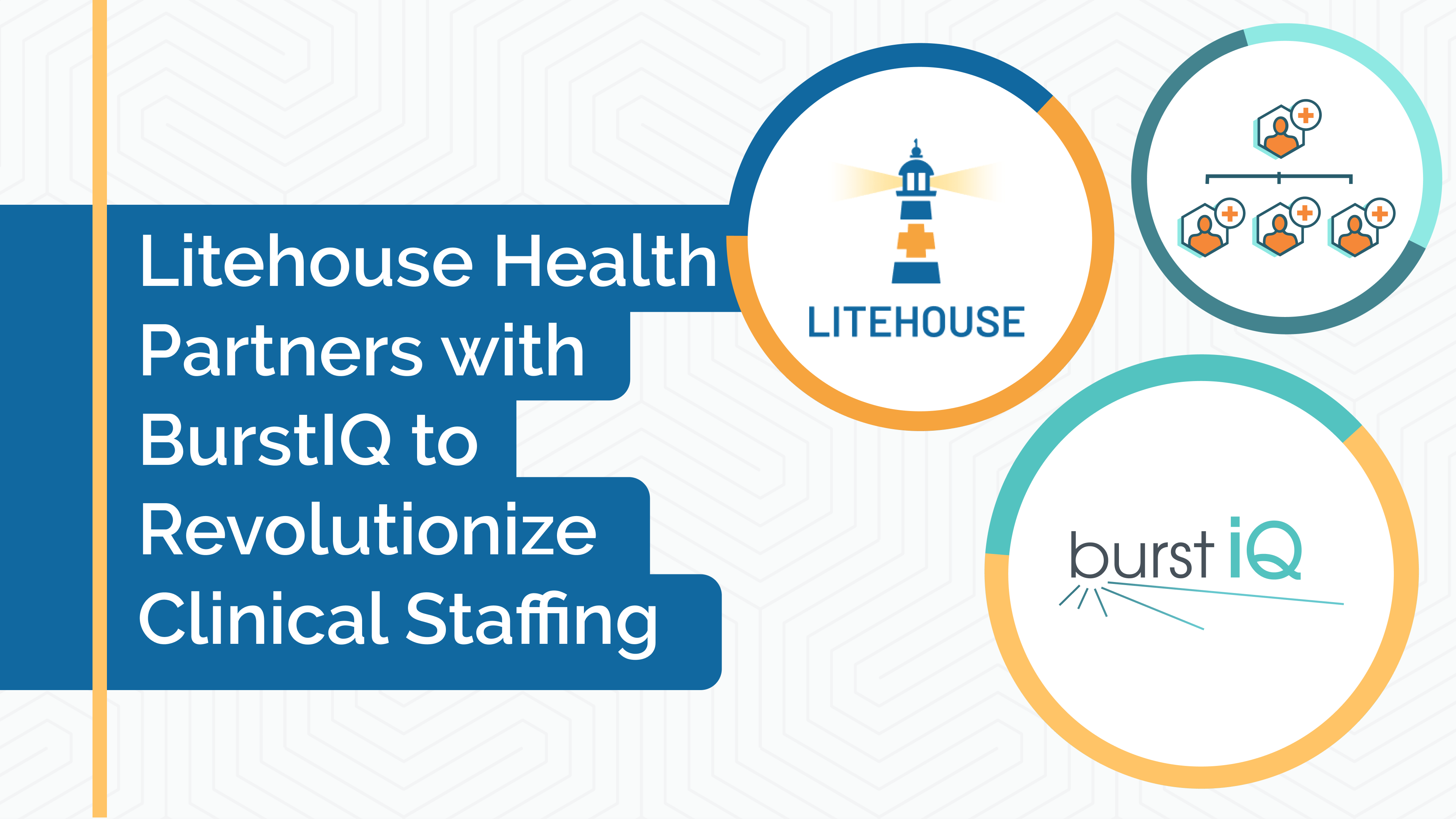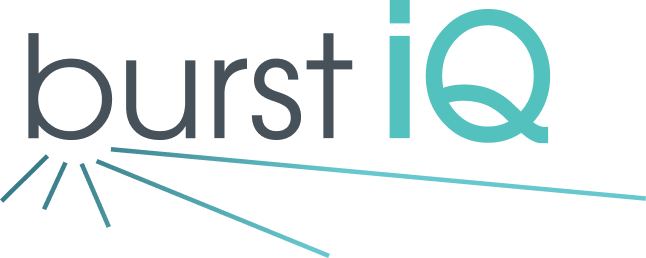
BurstIQ mentioned in article: Security and Identity in Health Through Blockchain: Towards Digital Ethics
BurstIQ mentioned in article: Security and Identity in Health Through Blockchain: Towards Digital Ethics
by Jonas Gaillard via Bioethics Consulting
Abstract
“IV. PRACTICAL CASES AND APPLICATIONS
Presentation of concrete cases of the use of blockchain to secure medical data and manage digital identity
The use of blockchain in the healthcare sector is reflected in innovative practical cases that demonstrate its potential to revolutionize medical data management and digital identity. A notable example is the MyHealthMyData (MHMD) project, which uses blockchain to create a secure environment where medical data can be stored, shared and used transparently while respecting patient privacy. This project aims to establish a blockchain-based model for transparent health data exchange that allows patients to control and manage who accesses their information [20] .
Another prominent example is BurstIQ, which offers a blockchain-based health platform allowing individuals to secure, share and monetize their health data. The platform uses blockchain to secure health data at every stage of its lifecycle, from collection to exchange, ensuring that only authorized actors have access to it according to permissions strictly defined by users [21].
Furthermore, the KSI Blockchain developed in Estonia is another practical reference case. This system allows patients, doctors and hospitals to access and share health data securely using blockchain technology, improving not only the efficiency of medical care but also the security and privacy of data patients [22] .
These cases illustrate how blockchain can be used not only to secure medical data but also to improve the efficiency of health systems by providing solutions that guarantee transparency, traceability and patient autonomy in the management of their data health. They also show that, despite technical and regulatory challenges, practical solutions are already being implemented, laying the foundations for future advances in digital health.
Full Editorial:
